The Check-In: Safety tips for hiking, grilling pointers from hotel chefs, and more
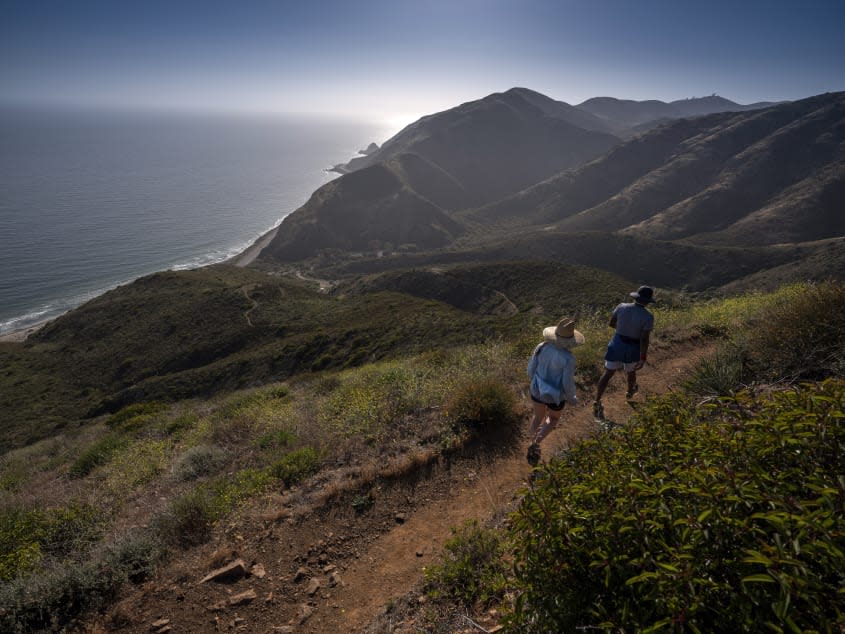
Welcome to The Check-In, our weekend feature focusing on all things travel.
Stay safe on the hiking trail
Hiking is a great way to spend time outdoors, learn more about flora and fauna and get your heart rate up. It can also be hazardous, even for those who have experience.
On Southern California's Mount San Antonio, more commonly known as Mount Baldy, more than 100 searches for lost hikers have been conducted on the mountain over the last three years. Because this 10,064-foot summit dominates the skyline around Los Angeles, it attracts people of all capabilities, and many of the missing hikers were skilled. "Nobody is going up there with any ill intentions," Eric Vetere, a commander of West Valley Search and Rescue, told the Los Angeles Times. "I think there's just a lack of awareness."
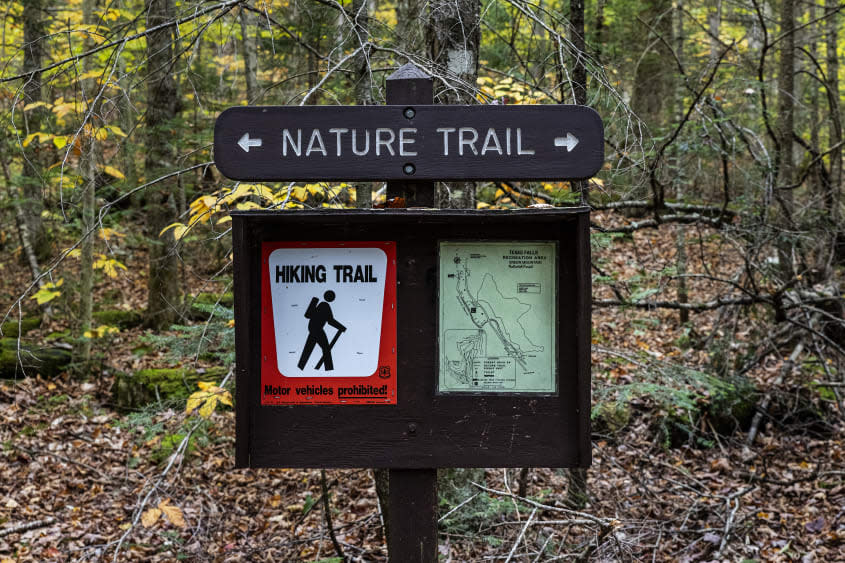
John Greim / LightRocket via Getty Images
Every hiker should start their trek with a plan. Know where you're going and how you will get there, and check local weather conditions. Pack a bag with items you might need should you run into trouble, like a first-aid kit and multi-tool. Let a friend or relative know where you will be hiking and tell them what time you plan on being home, so they know to call law enforcement if you're not back by then.
It's important to dress in layers and wear appropriate footwear that fits well and has good traction. Also, bring a map and compass, so you don't have to rely entirely on a smartphone for navigation. Wesley Trimble, with the American Hiking Society, told NBC Right Now that GPS can use a lot of battery power, leaving hikers with a dead phone and no idea where they are. Cellphone reception can also be poor in dense forests and remote parks.
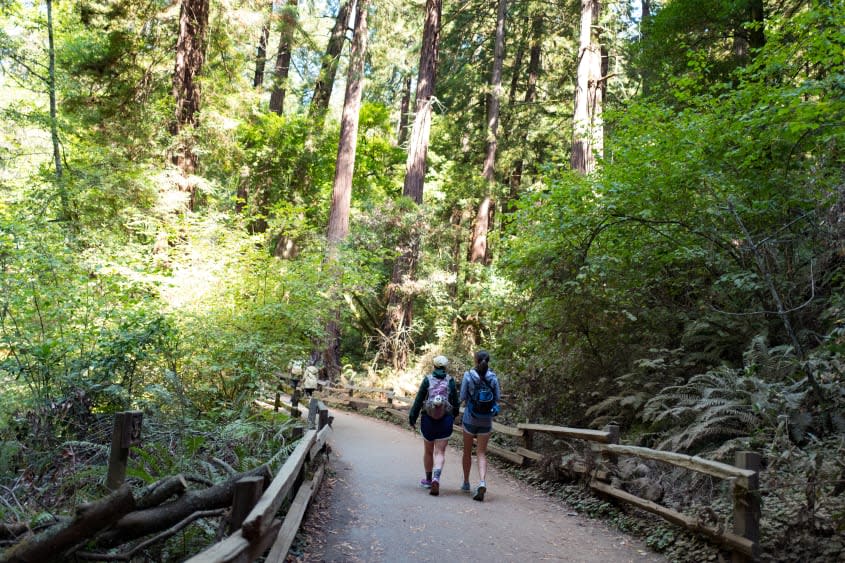
Smith Collection / Gado / Getty Images
Bring calorie-dense food and lots of drinking water — a minimum of one quart for every two hours you hike. The water in rivers and streams might look clean and fresh, but don't drink it; this could make you sick. If you see wildlife, do not approach the animal, and don't give it any food.
Hiking is more fun with friends, and it's also safer. When animals hear people talking, they tend to stay away, and if you get injured, one of your pals can stay with you on the trail while another goes to get help. A good way to avoid getting hurt is to stay on the trail. When you walk off the path or into blocked-off areas, it increases your chances of getting injured or lost.
If you do get lost, remain calm. "Do not immediately rush in the direction where you think the 'right' trail is," Jennifer Pharr Davis, the owner of the Blue Ridge Hiking Company, told The New York Times. She has developed a routine for coping with being in the wrong spot. "I always like to take a deep breath, sit down, eat a snack, drink water and then pull out all of my available navigation tools: guidebook, map, compass, GPS, etc.," she said. "I ask myself where and when I last remember being on the right trail, and then I use my available resources to make a plan to backtrack to that location."
Italian beaches are limiting how many people can visit per day
To combat crowds this summer, several beaches in Italy will be capping the number of people who can stop by.
In the small village of Baunei in eastern Sardinia, four beaches will have daily visitor limits, with reservations made at least 72 hours in advance through an app called Cuore di Sardegna. The largest beach, Cala Mariolu, will have a cap of 700 and start charging a $6.50 entrance fee. "Our land is mostly ragged tall cliffs where wild sheep and hawks live and just a dozen beaches so everyone flocks there, crowding those," Baunei Mayor Stefano Monni told CNN. "We can no longer afford thousands of daily sunbathers all squeezed in one spot as in the past. It's unsustainable."
Previously, up to 2,000 tourists a day visited the beaches, Monni said, and because Baunei is home to many protected animals and bird species, "limits must be set; otherwise, everything collapses."
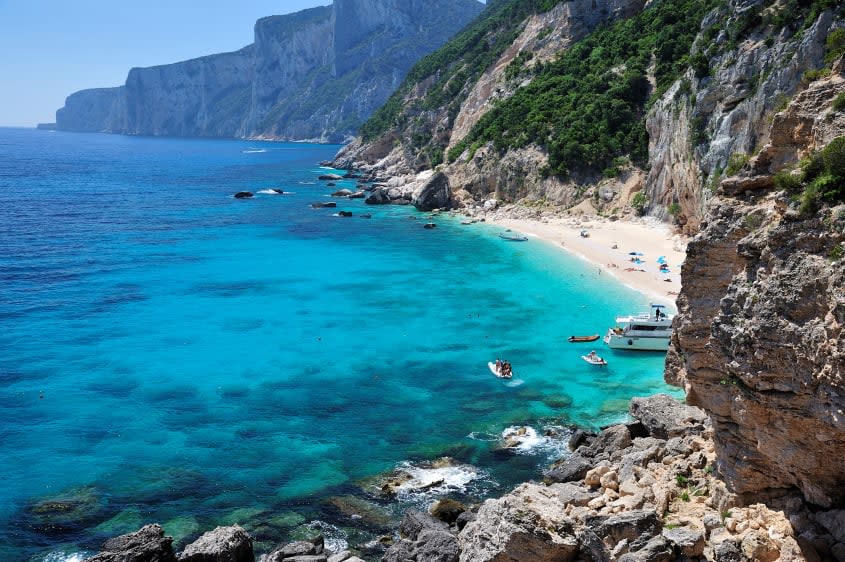
Massimiliano Maddanu / REDA&CO / Universal Images Group via Getty Images
Hotel chefs give their summer grilling tips
It's officially grilling season, and hotel chefs are sharing their tips for prepping and preparing the juiciest steaks and burgers on the block.
When using charcoal, make sure that the coals reach at least 500 degrees Fahrenheit before you start cooking. "Putting your grilled items on too soon will produce a gassy smell in your foods," chef Inder Suryawanshi of the JW Marriott Clearwater Beach said. You'll know the grill is hot enough when the charcoal is covered with a thin coat of gray ash and when you put your hand "about six inches above the grate. After three seconds, the [temperature] of the heat should force you to snatch your hand away." For a gas grill, preheat at the maximum temperature and then close the lid, waiting 10 to 15 minutes before cooking.
When making steaks, don't take the meat out of the refrigerator and immediately set it on the grill, Dmitriy Kakuschke, the executive chef at Bourbon Steak by Michael Mina at JW Marriott Nashville, said. Instead, leave the steak out until it reaches room temperature. "By doing so, you will get a more even result in the end," Kakuschke explained.
If using charcoal, create hot spots on the grill, and start cooking on the hottest part before moving the meat down to cooler areas. Remember the phrase "slow and low is pro" when grilling, and also keep from pressing down on the hamburger when it's cooking; this releases the juices, leaving the meat dry. Once your steaks are finished cooking, keep all of the juices inside by letting the meat rest for about five to 15 minutes, depending on the size of the cut. One of Kakuschke's favorite ways to finish a steak is by brushing it with red wine shallot butter, "because butter and wine makes anything better."
Upcoming events to add to your calendar
Gion Matsuri is Japan's biggest festival, and it has a rich history — the celebration dates back to 869. It takes place in Kyoto every July for the entire month and is famous for its two elaborate parades featuring jaw-dropping floats. So many people want to see the giant floats up close and attend the evening street parties that it can be hard to get hotel rooms in Kyoto the closer it gets to Gion Matsuri. If you can't find one this year, start planning now for 2024.
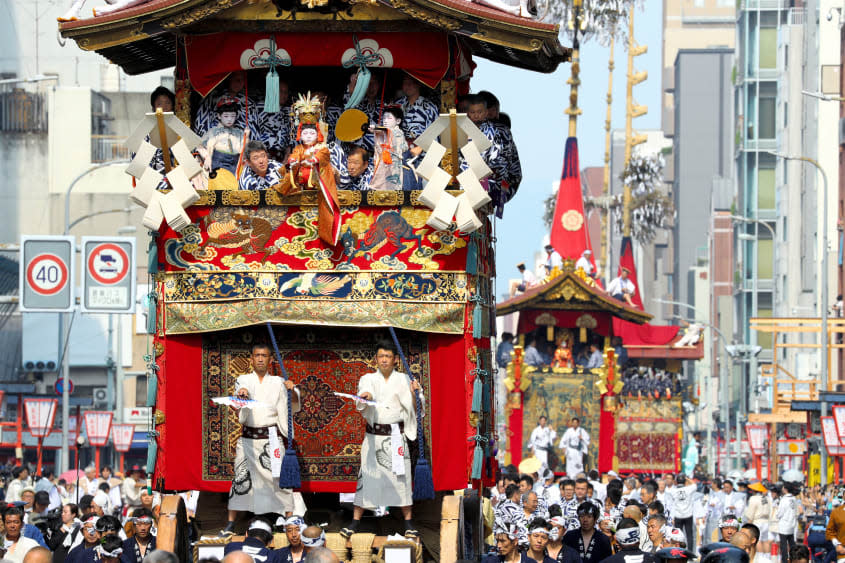
The Asahi Shimbun via Getty Images

